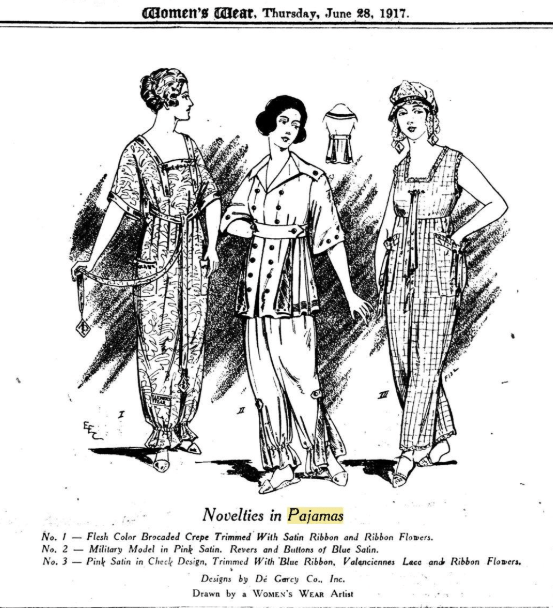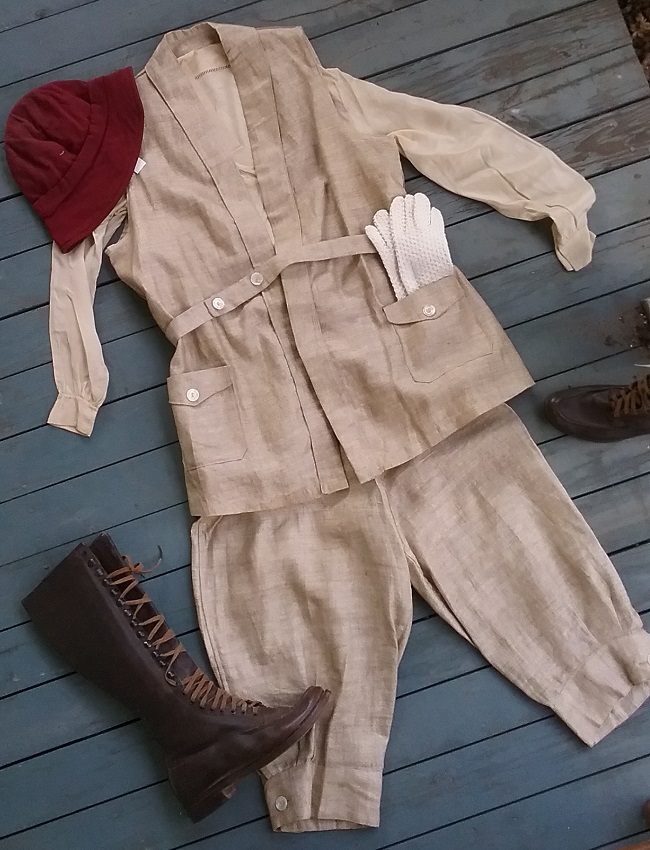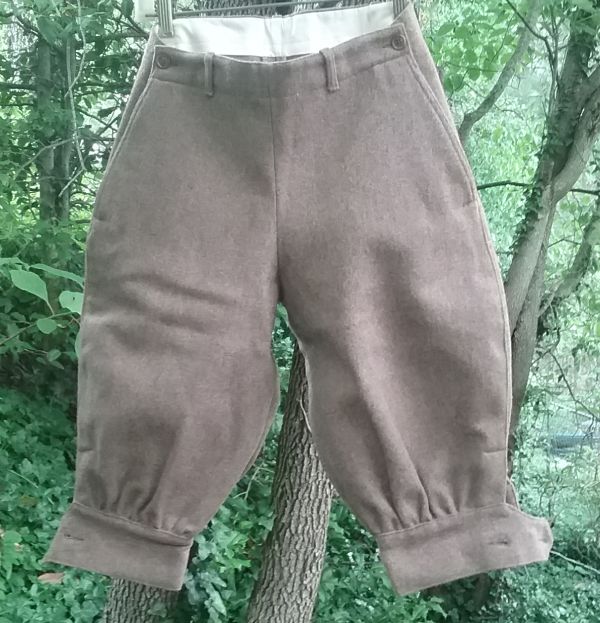
In the 1910s and 1920s gym wear was a booming business. Most schools were adding physical education classes to the curriculum, even for girls. A need for gym clothing spread beyond the elite colleges and city gymnasiums to schools across America. There were plenty of companies ready to fill the need.
Many sporting goods companies added girls’ gym clothes to their inventory, but in addition what seems to be hundreds of companies were formed to make clothes for gym class. One of these was the Lafayette Manufacturing Company, incorporated in 1923 with the mission of providing middy blouses, the standard for girls to wear not only for physical education, but also as classroom attire. The company was formed with partners Maurice Rosenberg, Irma Rosenberg, and Joseph Hinkle. The company’s address was 306 East Lombard Street in Baltimore.

A real plus to this purchase was that the shorts are deadstock and retained the original hangtag. There’s a wealth of information on the tag, without which I don’t think I would ever have been able to learn about the makers.


By far the most useful information provided was the patent number on both the label and the tag. Having the number, I was able to locate a copy of the patent.

If you are wondering why a simple pair of shorts required a patent, the answer is that these are not a simple pair of shorts. Thanks to drawstrings in the back of the waistband, the waist is adjustable from 25 to 34 inches. I can imagine the thrifty mother looking at these with glee, knowing they would continue to fit her growing daughter.

Just pull and tie to adjust the fit.

These shorts have one more interesting feature. At first I was puzzled that the tag called these “bloomers” and the patent called them “knickers” because to me I thought they should be called “shorts”. But these are indeed bloomers, which are concealed beneath the straight legs. It’s an interesting development in the history of shorts, a term that came into use about the time these were made in the late 1920s. The idea of bloomers under shorts persisted in gym clothes. I have several 1960s catalogs that show them.
Research on these bloomers was hindered by the name of the business. With all the towns and streets in the US named for the French hero, plowing through the search results was daunting. Finally, using the name on the patent, and the assumption that Rosenberg was located in Baltimore, I found exactly one useful reference.
Today the location of Lafayette Manufacturing appears to be a parking lot for a hotel.















































